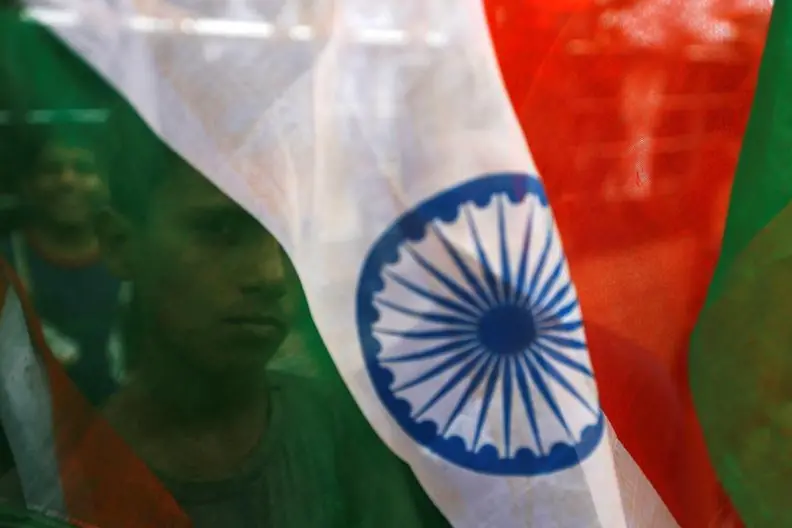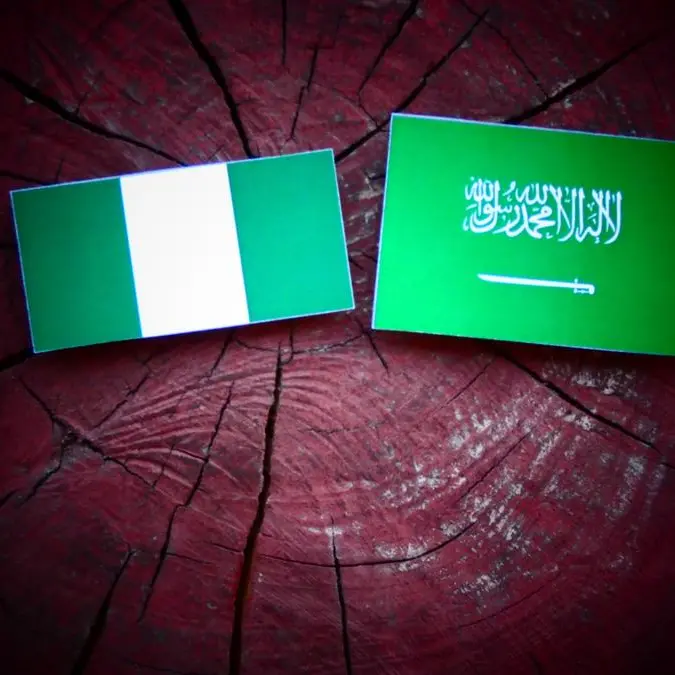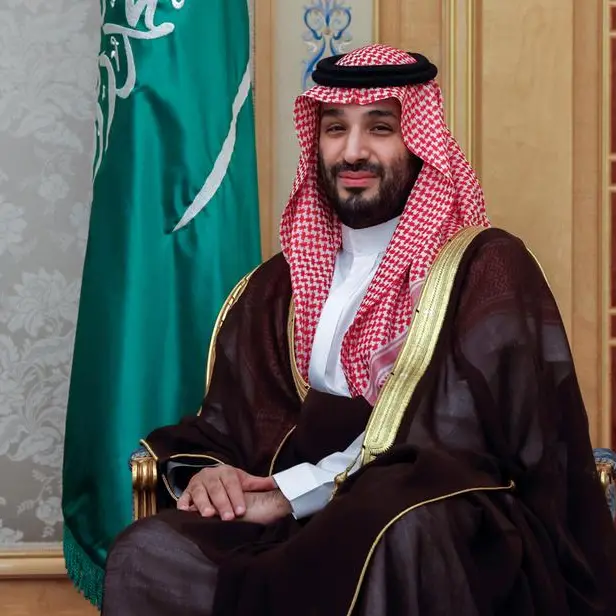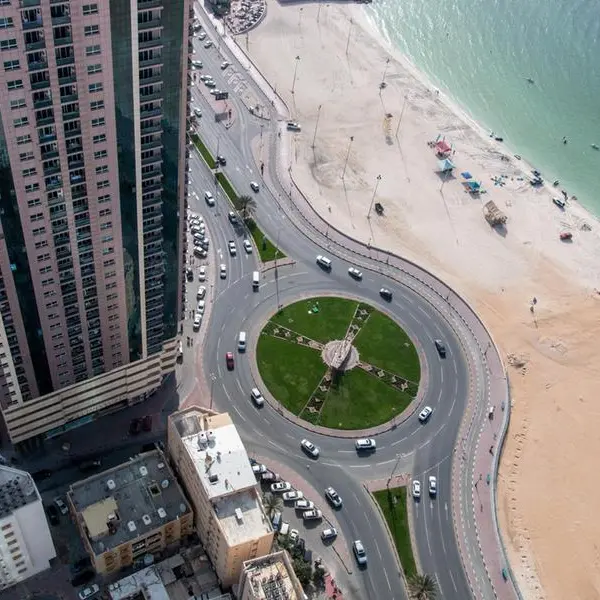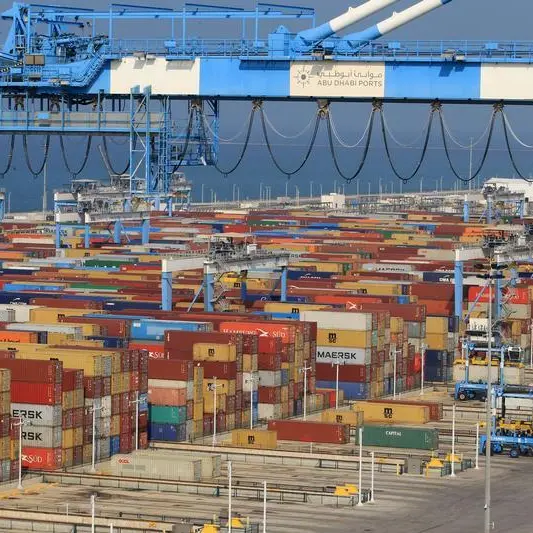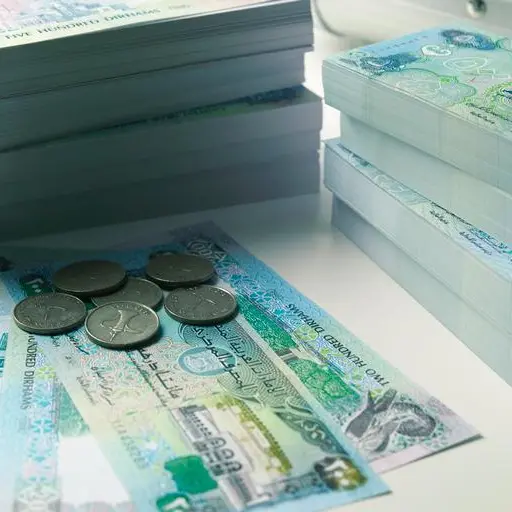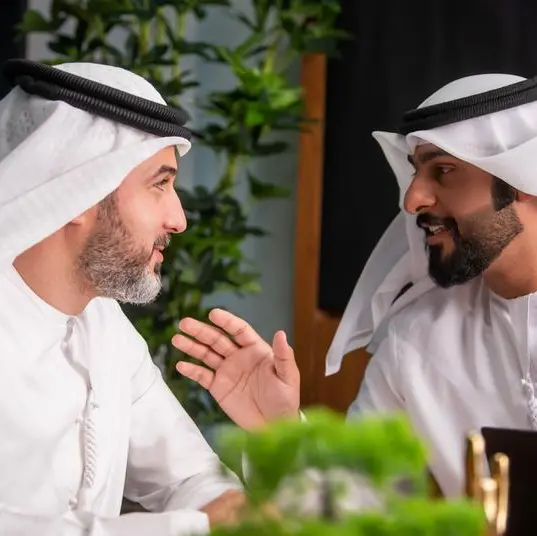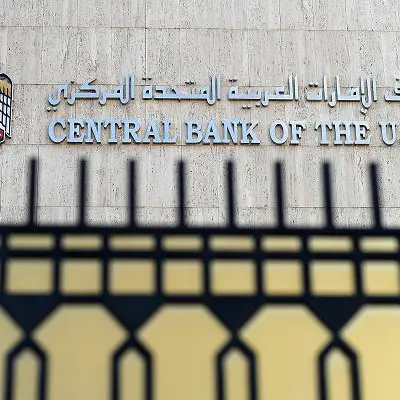PHOTO
India will on Thursday begin polling for its 17th national election since it became independent in 1947. With close to 900 million people eligible to vote — and more than 60 percent expected to turn out — this will be the largest democratic exercise in history. The aggregate of those millions of individual decisions will reveal, after a lengthy seven-phase, six-week election conducted in the scorching heat of an Indian summer, whether the current government led by Prime Minister Narendra Modi — whose party, the Bharatiya Janata Party (BJP), in 2014 won the first clear majority in parliament in 30 years — will return to power or make way.
This is a good moment to take the long view of Indian democracy. When independent India chose to confer universal franchise on an overwhelmingly poor and illiterate electorate in 1947, this decision was viewed by the democracies of the West, which had arrived at universal franchise by stages, with great skepticism. It was not thought that a semi-feudal, multilingual, multi-religious society could transition to democracy literally overnight. But, more than seven decades later, the optimistic vision of the founding fathers has been vindicated. But for one brief interregnum during Indira Gandhi’s Emergency of 1975-77, Indian democracy has proved not only stable — more so than any other postcolonial democracy — but it has also grown deep roots in Indian life.
Democracy has proved to be a creative and emancipatory force in Indian society; a historic turn in the life of a civilization that is several millennia old. It has allowed groups that were historically marginalized and often viciously oppressed — such as women, tribals and those from the lower castes of Hinduism’s hierarchical structure — to claim rights, agency and eventually full membership in society because of the power of their vote.
Indian democracy has not been a mere copy of Western-style democracy. It has evolved its own language, its own norms, its own common sense and idiosyncrasies. At home and abroad, Indians wear the badge of membership of “the world’s largest democracy” with pride. For centuries to come, future generations of Indians will look back at this age in Indian history as the exciting and germinal “first century of democracy.”
But, if Indian democracy deserves to be celebrated for all the reasons above, it also asks, especially on the eve of an election, to be scrutinized and questioned; for self-reflection and constructive criticism are also an essential part of the democratic spirit. Which aspects of Indian democratic life show signs of elite capture or bad faith, corruption or decay? Do the apparent vibrancy and participatory depth of Indian elections disguise flaws in the way the country elects its parliamentary representatives? Here are some themes on which I believe Indian democracy needs some course correction.
First is money. All political activity has an economic basis, so it would be natural to expect that candidates seeking election to national parliament would be better off than the average Indian. Even so, the scale of the wealth of those elected to parliament is shocking. The average assets of a current member of parliament is close to $2 million, according to the Association for Democratic Reforms. Even if divided by political allegiance and ideology, parliamentarians are united by class membership and shared interests; they are also overwhelmingly male (about 90 percent). The most disillusioned observers of Indian politics call them a syndicate. Often political parties offer tickets to such candidates because they can self-fund their campaigns.
Further, such wealth often goes hand-in-hand with criminality. A full third of the current crop of MPs face criminal charges. This is no coincidence. As scholars such as Milan Vaishnav have shown, their record of criminal activity actually serves as an incentive for voters, for there is the belief that, in a resource-scarce society, they know “how to get things done.”
The trend shows no signs of abating, and it means that Indian elections, while procedurally free and fair, have become investment opportunities where large sums of ill-gotten money are spent with a view to future gains. The current election will be the most expensive in history, with about $7 billion to be spent, much of it outside the bounds of the formal economy, according to the Delhi-based Centre for Media Studies. A serious review of India’s campaign finance system is needed if Indian elections are to fall into line with democratic best practice.
There is also the issue of family. Of course politics is always susceptible to claims of lineage. But the postcolonial democracies of south Asia — India and Pakistan in particular — have taken the idea of politics as the family business to new heights, and have succeeded in establishing it as a norm. With the exception of the ruling BJP, many Indian national and regional parties are now run by second, third and fourth-generation descendants of the ruling class in the early years of Indian democracy. Their last name is a key part of their claim to authority and power. But this means that new talent is suppressed, and that all key decisions are made by a small, secretive elite.
On another level, much of Indian electoral politics is fought on the basis of strategies based on dividing voters into blocs, or “vote banks,” based on caste and religion — the politics of inherited, rather than acquired, identity. Sometimes there is a positive element to this: Social groups that have been oppressed can band together to bring one of their own to power. But such politics is often cynical and status quoist, and occasionally outright majoritarian (as with some of the political rhetoric of the Hindu nationalist BJP). It acts as a brake on a society that is changing fast and evolving new kinds of solidarities.
On both sides then — that of the legislator and that of the voter — Indian democracy in its seventh decade risks becoming a “last-name democracy,” one that substitutes identity for genuine debate over policy. Perhaps it is the humble voter, more than the political class or institutions, who needs to be the engine of change and progress in Indian democracy. Come May 23, the results of India’s 17th general election will reveal much about Indian society’s perception of itself and its vision of the future.
- Chandrahas Choudhury is a writer based in New Delhi. His work also appears in Bloomberg View and Foreign Policy. Twitter: @Hashestweets
Copyright: Arab News © 2019 All rights reserved. Provided by SyndiGate Media Inc. (Syndigate.info).
